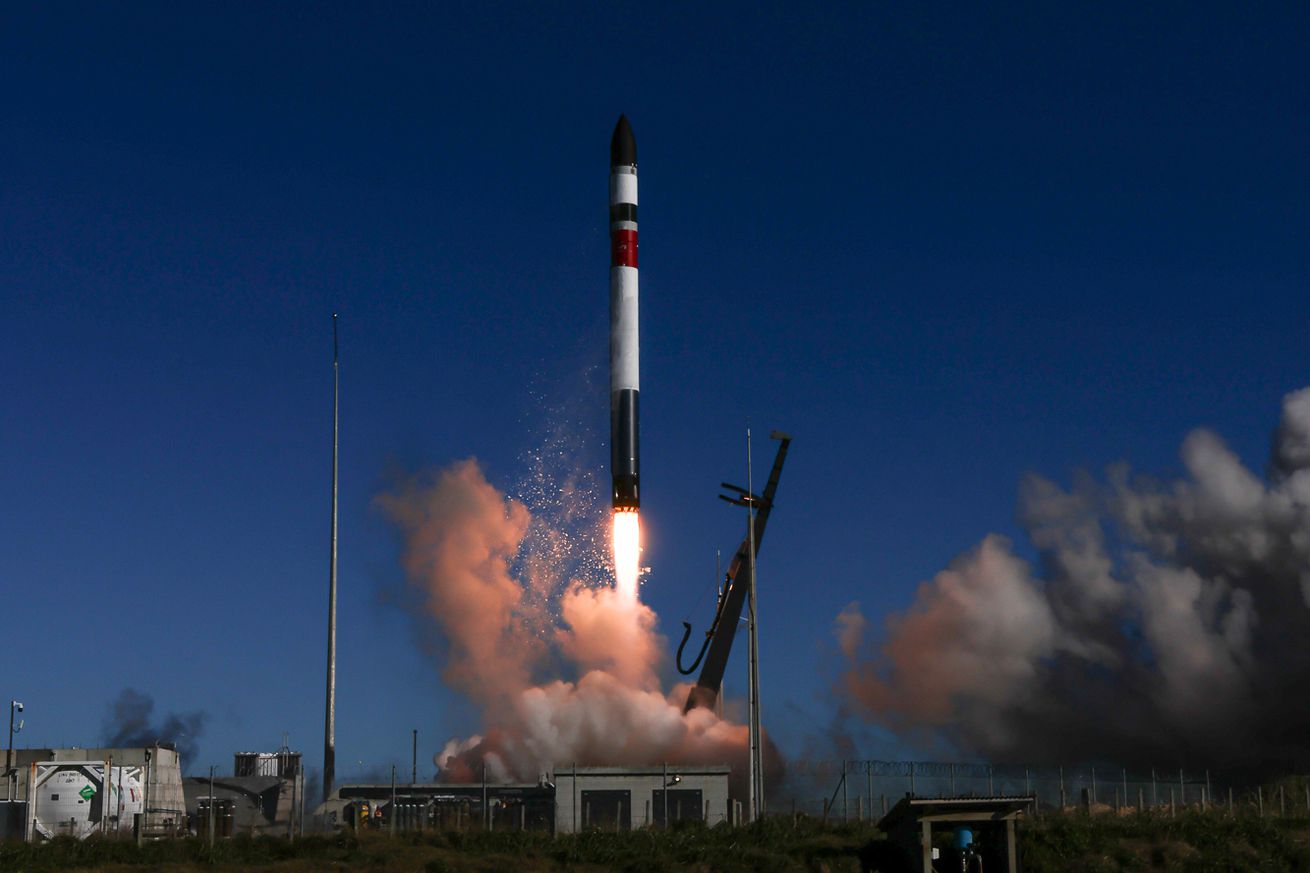
Rocket Lab successfully retrieves its reusable rocket after splashdown
Rocket Lab successfully retrieved the first stage of its Electron rocket during its “Baby Come Back” mission on Monday — but it didn’t catch it with a helicopter this time around. When Electron lifted off from New Zealand’s Mahia Peninsula on Monday, its first stage separated about two and a half minutes later and splashed down into the Pacific Ocean, where Rocket Lab’s team recovered the reusable booster.
After separation, the booster began its descent toward Earth at over 9,000kmph (5,592mph), reaching a temperature of 2,400 degrees Celsius (4,352 degrees Fahrenheit) along the way. The rocket deployed its main parachute about eight minutes after liftoff, allowing it to safely splash down into the ocean, where Rocket Lab brought it onto a vessel “using a specially designed capture cradle.” Rocket Lab aims to eventually reuse its boosters for future missions.
While the small satellite launch company is best known for its unconventional attempts to catch its falling booster with a helicopter, Rocket Lab reversed this strategy earlier this year after several unsuccessful interceptions. During a launch last May, the helicopter managed to catch the booster mid-air, but the pilots ended up releasing it into the ocean because they “were not happy with the way it was flying.” Rocket Lab had another failed attempt to catch the booster in November.
In a statement to The Verge, Rocket Lab spokesperson Morgan Bailey says the company found that Electron “fared better than initially expected following exposure to water,” allowing the team to “simplify the operation by eliminating the helicopter and simply collecting the stage from the ocean.” Rocket Lab plans to evaluate the recovered stage “for analysis ahead to inform future recovery missions, and eventually re-flight of an Electron.”
This most recent “Baby Come Back” launch included four CubeSats that are part of NASA’s Starling mission. These spacecraft are designed to work cooperatively as a “swarm,” allowing NASA to test “autonomous positioning, networking, maneuvering, and decision-making.” It also included one satellite from Toronto’s Space Flight Laboratory and two from the space-to-cloud analytics company Spire.
Rocket Lab is just one of the many space companies working to perfect a way to reuse rocket boosters, which is supposed to allow for more sustainable and financially viable space exploration. It has some pretty big competition in this space, however — namely, Elon Musk’s SpaceX, which has grown to dominate space launches in the US.

